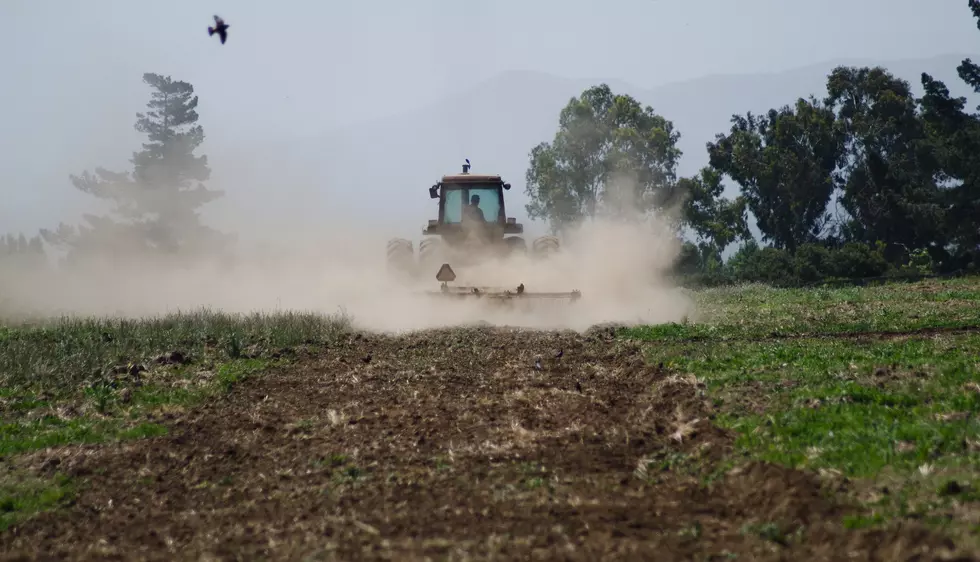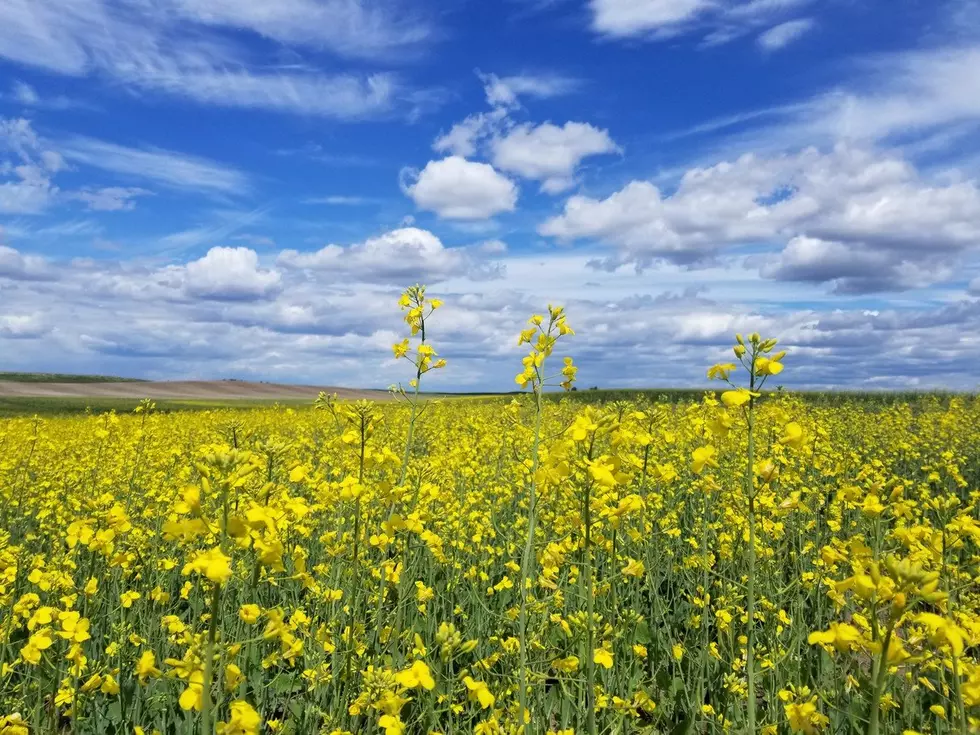
After Solid 2020-2021 Snow Year, Oregon Snowpack Melts Off Rapidly, Causing Concerns
You could compare it too tripping over the finish line. After a very good statewide snowpack for much of the year, the basins across Oregon have lost most of their snow. Scott Oviatt with NRCS Oregon says snow accumulations were trending in the right direction until the peak of the year around April 1st.
“But what we’ve seen, beginning in late March and April is very dry conditions and unseasonably warm temperatures occurring across the region. And as a result, the above average snowpack throughout the northern portion of the state of Oregon have runoff rather rapidly.”
And with the rapid melt off, the snow is no longer available to feed creeks and rivers this summer. The rapid run off is already creating concerns for Oviatt, especially for the already dry Klamath Basin.
“[That region] went into this water year with decreased stream flows and well below normal, and now we’re at record streamflow levels for many of these locations and with very little inputs in terms of 1.) no March of April spring rains or snowpack and then 2.) limited snowmelt runoff. So there are big concerns there.”
When it comes to the snow basins around the state:
- Grand Ronde-Burnt-Power-Imnaha – 62% of average
- Umatilla-Walla-Walla-Willow – 51% of average
- John Day – 11% of average
- Owyhee – 25% of average
- Harney – 37% of average
- Lake County-Goose Lake – 22% of average
- Klamath – 23% of average
- Rouge-Umpqua – 42% of average
- Upper Deschutes-Crooked – 42% of average
- Willamette – 68% of average
- Hood-Sandy-Lower Deschutes – 108% of average
- Malheur – N/A
If you have a story idea for the PNW Ag Network, call (509) 547-1618, or e-mail gvaagen@cherrycreekmedia.com
More From PNW Ag Network









